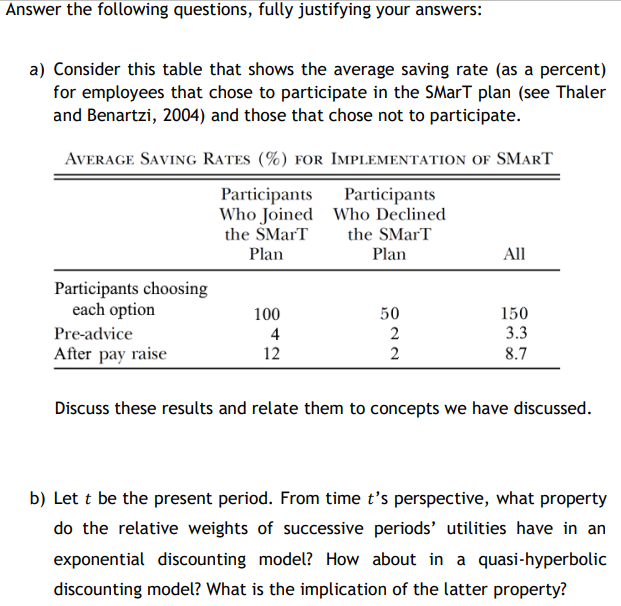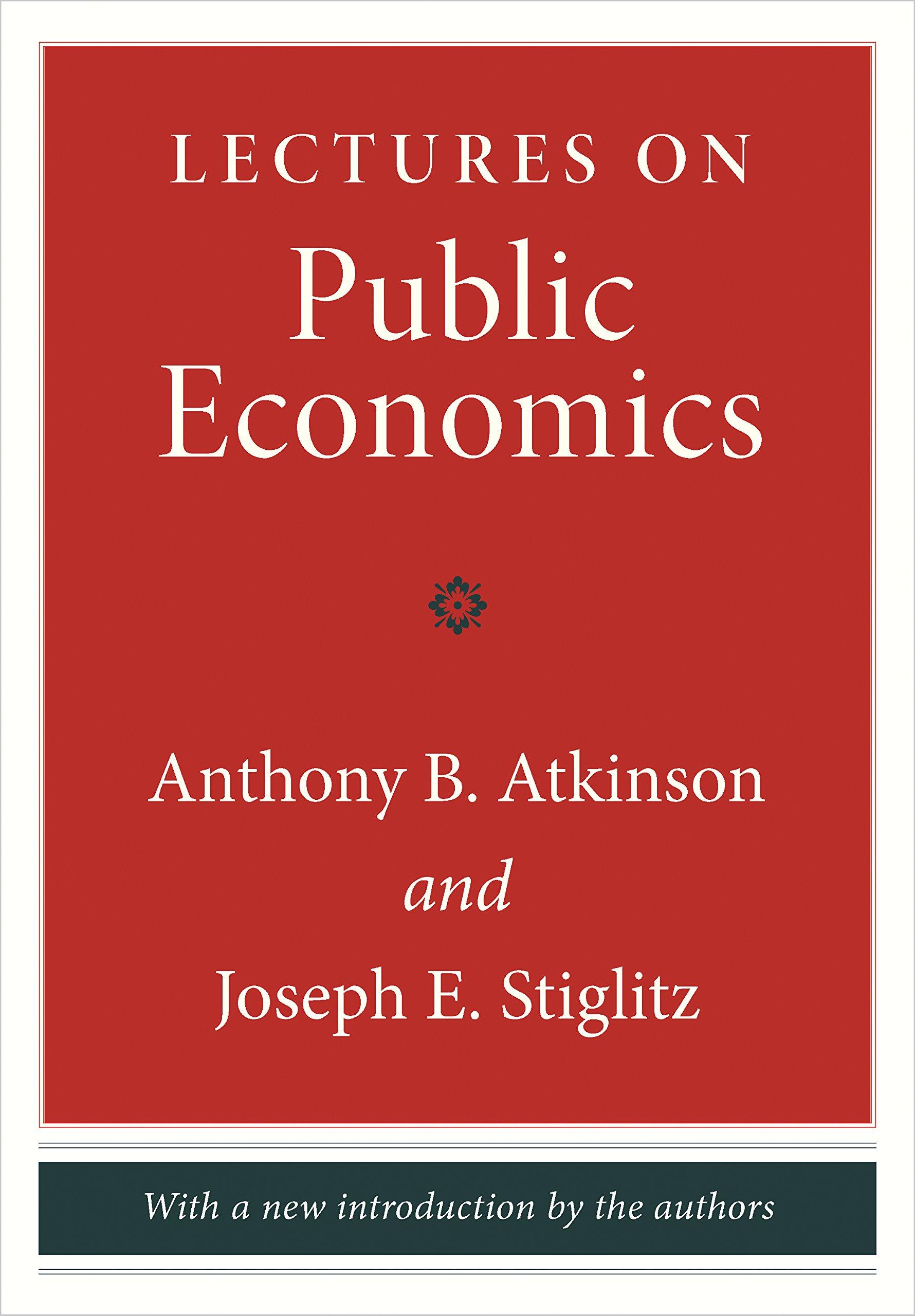Answered step by step
Verified Expert Solution
Question
1 Approved Answer
Answer the following questions, fully justifying your answers: a) Consider this table that shows the average saving rate (as a percent) for employees that chose
Answer the following questions, fully justifying your answers:
a) Consider this table that shows the average saving rate (as a percent) for employees that chose to participate in the SMarT plan (see Thaler and Benartzi, 2004) and those that chose not to participate.
b) Let be the present period. From time s perspective, what property do the relative weights of successive periods utilities have in an exponential discounting model? How about in a quasi-hyperbolic discounting model? What is the implication of the latter property?

Step by Step Solution
There are 3 Steps involved in it
Step: 1

Get Instant Access to Expert-Tailored Solutions
See step-by-step solutions with expert insights and AI powered tools for academic success
Step: 2

Step: 3

Ace Your Homework with AI
Get the answers you need in no time with our AI-driven, step-by-step assistance
Get Started


